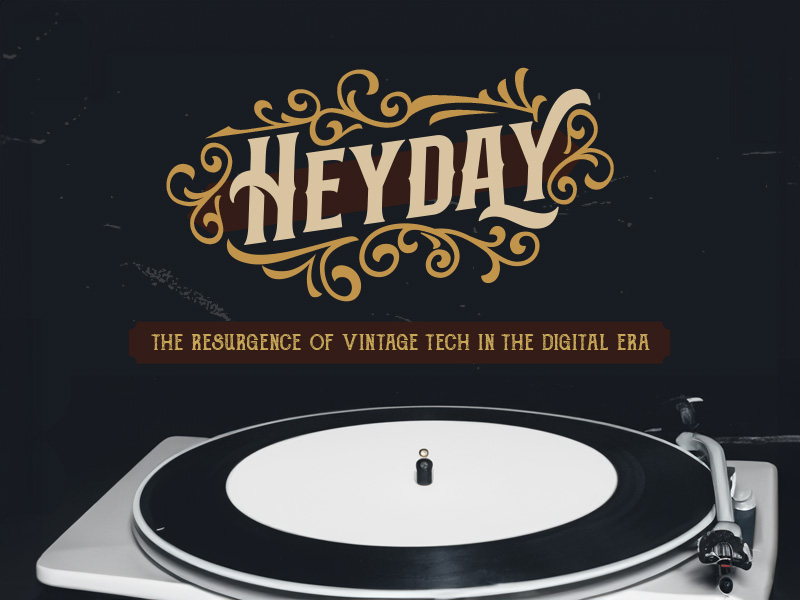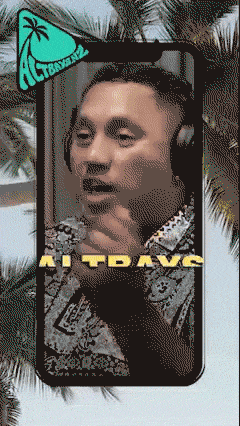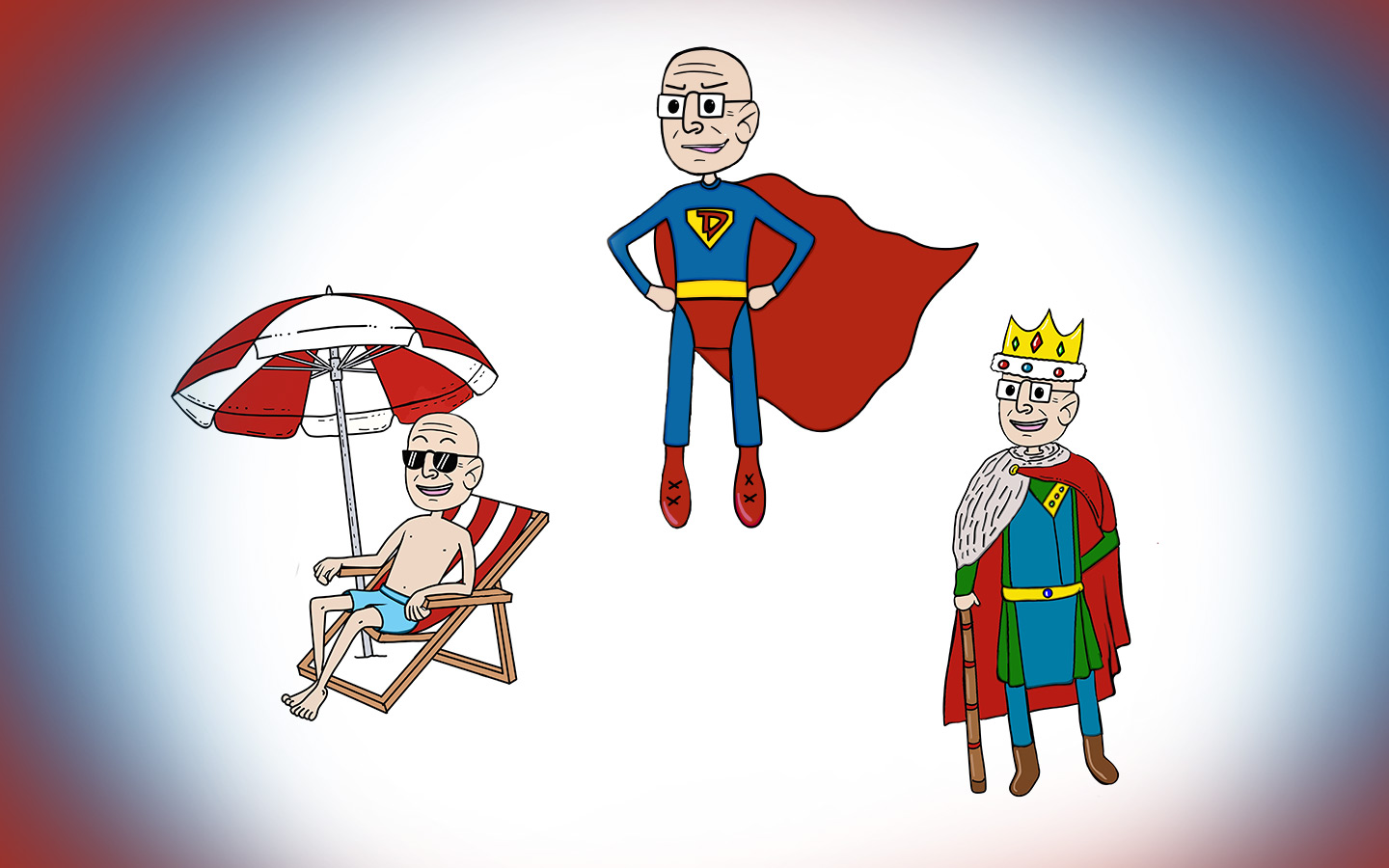
The Resurgence of Vintage Tech in the Digital Era
In conversation the other day someone mentioned “In its heyday …”, and it made me think about what’s happening in this millennium of great invention and apparent progress. I noted recently that vinyl records have now exceeded CD sales by quite a margin. It’s not that long ago that CDs were heralded as the greatest sound recording, but eventually something called a cube was destined to replace them. More interesting is the market prices of vinyl recordings today, maybe ten times the price of their ‘previous heyday’. Now I’m trying to remember who I gave that amazing turntable to.
I had a lot to do with photography in the past, with film processing and printing. The film side of things certainly had an abrupt end with the introduction of digital cameras in the early 90s, especially with our New Zealand early adopter mentality. By 2000, minimal film was being used by either professional or amateur. The writing was on the wall for laboratories, a twilight industry, with remaining services providing a much-increased priced boutique service. How many of us ditched excellent film cameras in favour of digital. Today, mobile phones provide an amazing picture quality, and digital camera sales and use have declined. However, if you look at Instagram or Facebook, you will see an increasing fascination with older model film cameras and film. You’ll see lovely cameras like your grandparents or parents used being treasured by a new generation of photographic enthusiast, and the prices for these cameras in near new condition, are more than their original purchase price.
The printing industry has been through massive change and digital evolution. Industries like photo laboratories, copy bureaus and signwriters all collided with the traditional offset ink printers into the world of digital print. The web was predicted to destroy the print industry, but what it has done is force all of us to have access to a home-based digital printer so we can print out, often with frustration, the forms or information once provided by the government or companies. I don’t think I’m unique in often wanting a printed copy to read, scribble on and digest at my leisure. This magazine is testament to a continuing magazine culture in New Zealand, which at one time had the highest number of magazines per capita. It’s produced digitally, but continuing trends suggest we still like to casually pick up a magazine, flick through and read our favourite bits. It’s easy to find articles. To share, file and, most importantly as we get older, hold it at the right distance and reading angle.
Words by Peter Muller






